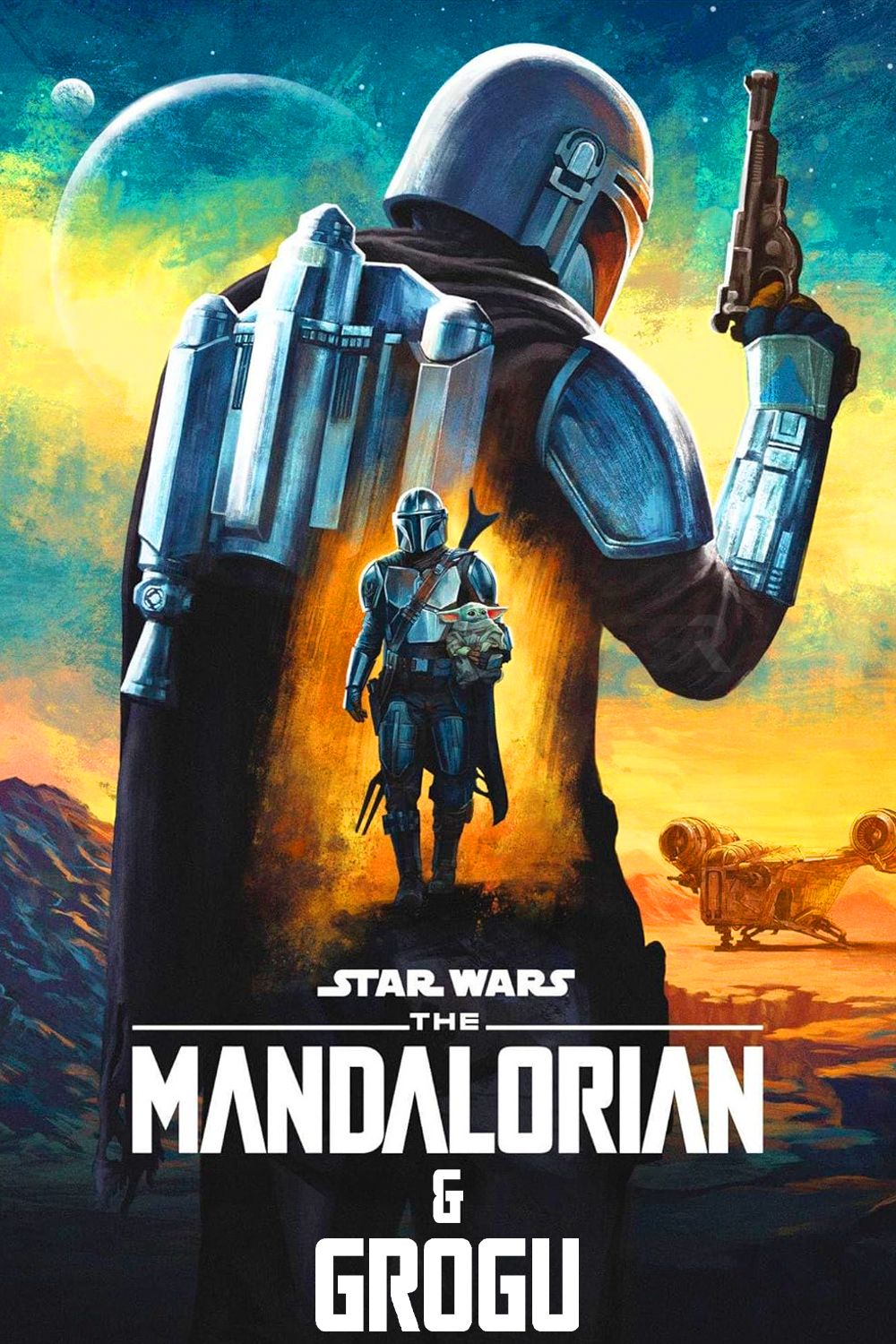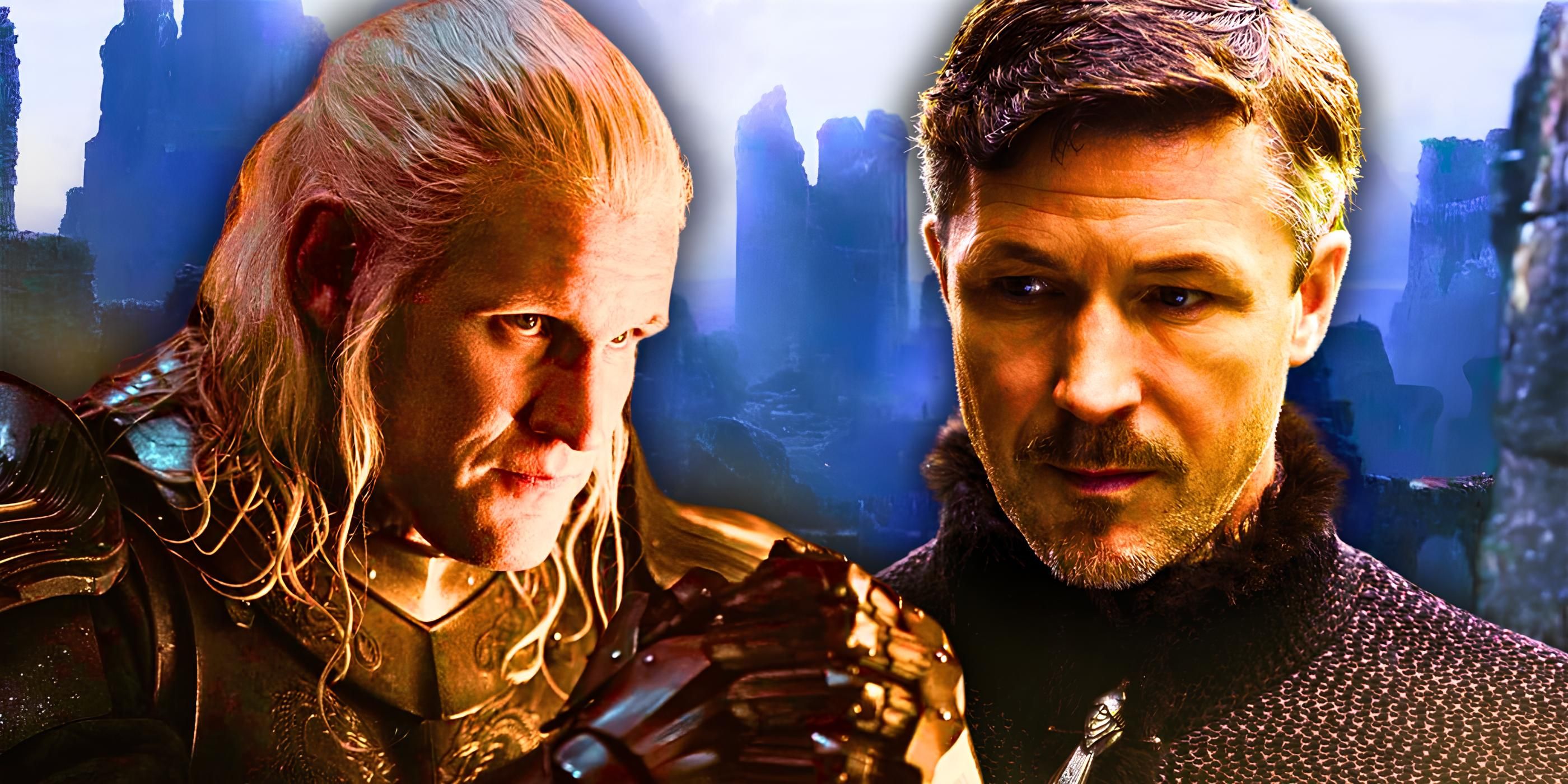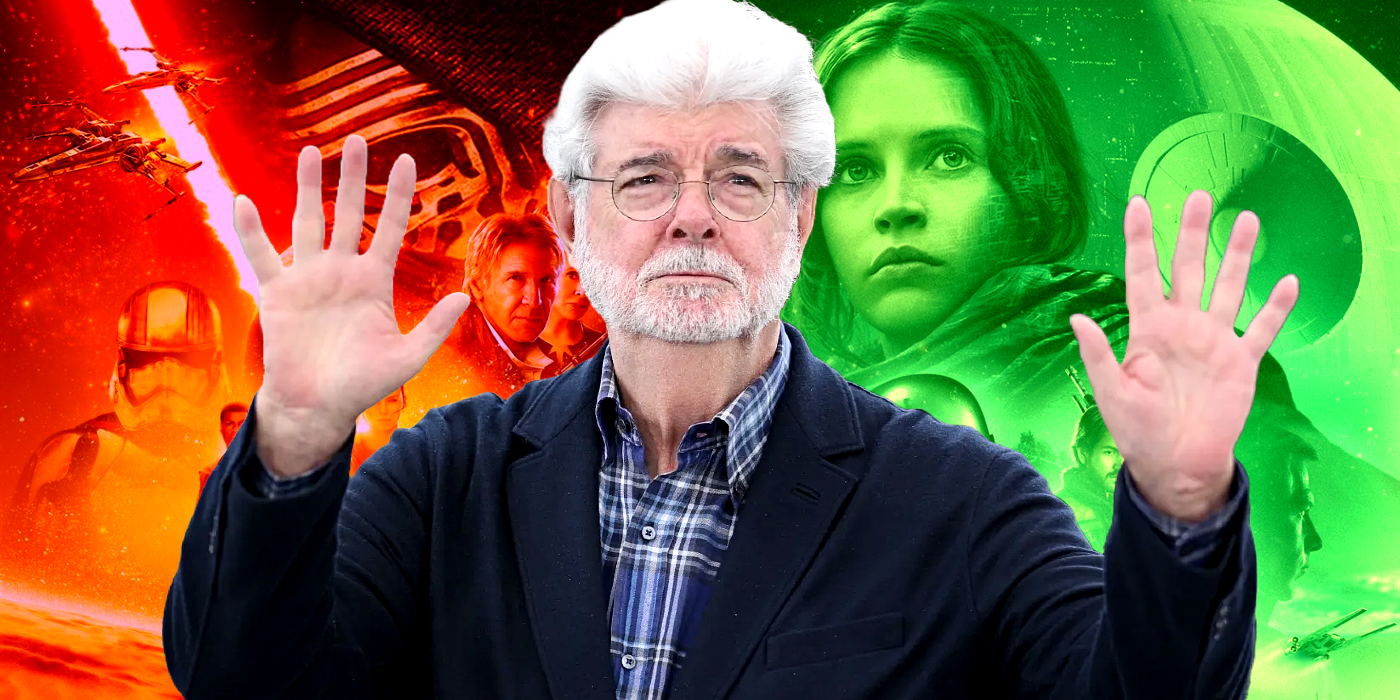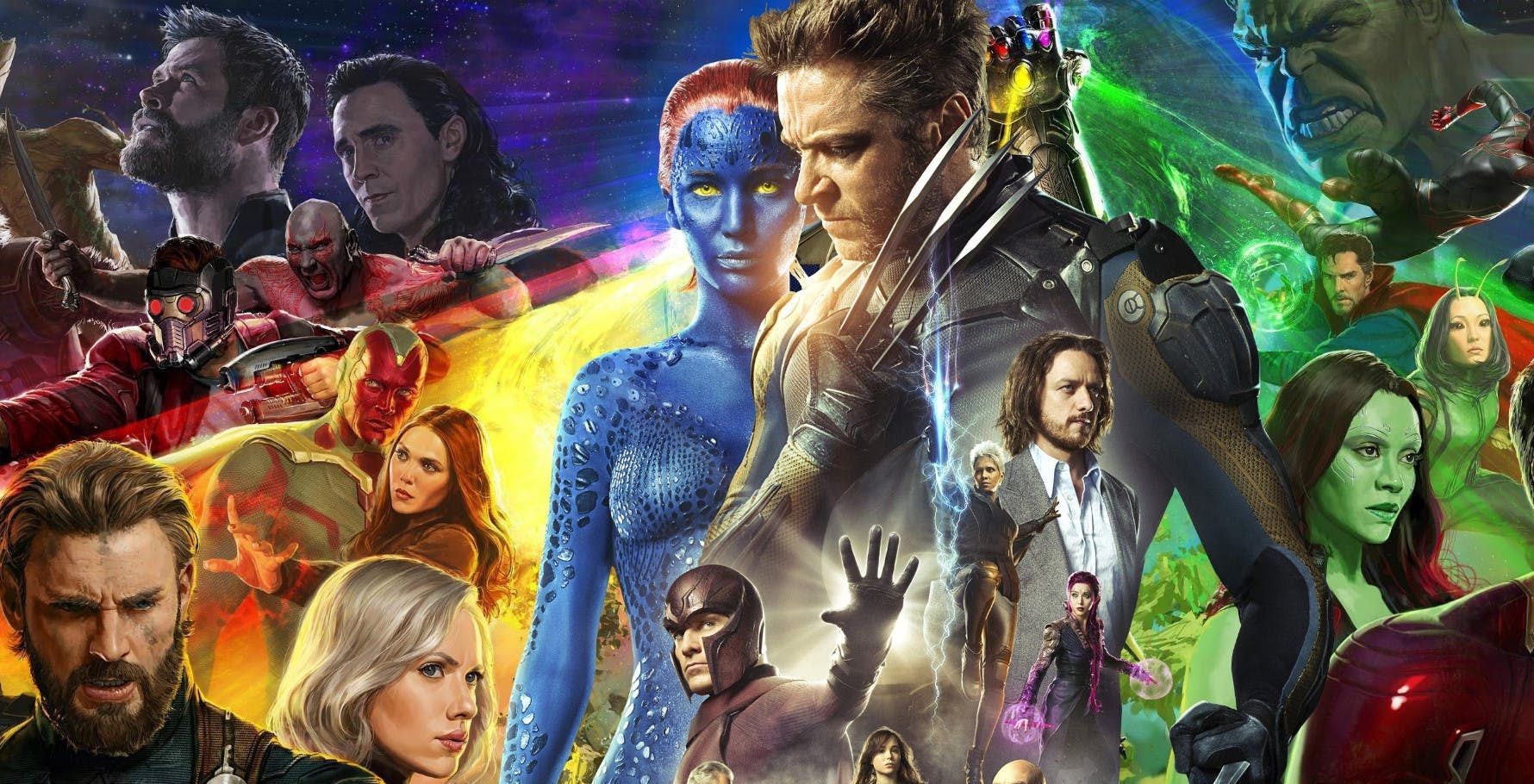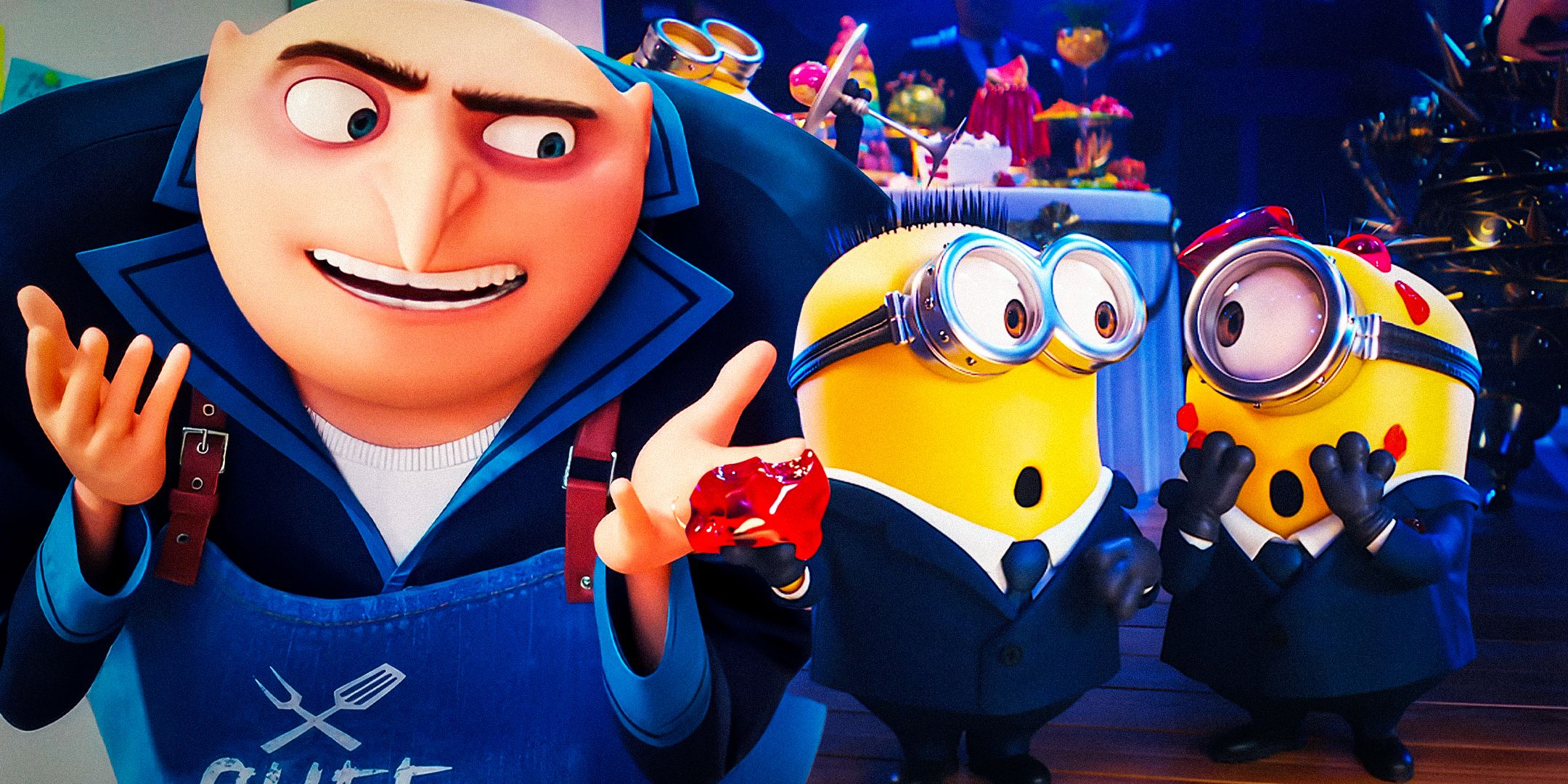Brother Bear co-director Aaron Blaise reveals the extensive research behind the Disney movie. Released in 2003, the animated movie revolved around an Indigenous tribesman who is transformed into a bear after killing the one that had slain his brother, and comes to realize the errors of his ways. Featuring an ensemble cast led by Joaquin Phoenix and Jeremy Suarez, the movie only garnered mixed reviews from critics and was a modest box office success, grossing over $250 million against its $46 million production budget.
Just over 20 years after the movie hit theaters, Aaron Blaise sat down in the latest episode of Corridor Crew‘s Animators React series to reflect on the creation of Brother Bear.
The co-director, as seen in the video above, reflected on the extensive research that he and his creative team embarked on in creating the 2003 movie, including a trip to Alaska to more faithfully depict the country’s landscapes and wildlife. The team also sought to find a way to use the movie’s themes to explore the-then-ongoing domestic turmoil following 9/11 and the racial prejudices that arose after the attacks.
Why Brother Bear Was An Important Movie For Disney
Though not as well-remembered as the likes of Lilo & Stitch or The Emperor’s New Groove from the same era, Brother Bear actually marked a fairly important chapter in Disney’s 2000s history. The movie was released a year after Treasure Planet, the sci-fi twist on Robert Louis Stevenson’s beloved novel of the same name, which proved to be a major box office bomb, grossing just shy of $110 million against its $140 million production budget, despite its modest reviews. In between the aforementioned Disney movies was Atlantis: The Lost Empire, which was similarly deemed a box office underperformer.
More than its box office performance, however, was Brother Bear‘s more unique depiction of Indigenous culture that marked an important step for Disney. The studio’s prior attempt to do so was Pocahontas, which, though deemed a hit at the time and considered a classic by some who grew up with it, has since been re-evaluated as a poor attempt with its problematic depictions of its titular character and her tribe. Though Brother Bear may not have gone as deep with its cultural authenticity as it could’ve, Blaise and his team’s efforts felt far better than those of the 1995 movie.
These efforts to better stay authentic to other cultures would expand beyond Brother Bear‘s release with much more acclaimed affairs, including the Polynesian-focused Moana, the Southeast Asia-set Raya and the Last Dragon and Colombia-set Encanto, among others. While it could be argued that Disney’s earlier success with Mulan was a better template for the studio to venture into said representative storytelling, it’s hard to deny that the Phoenix-led 2003 movie was another positive effort in their means to do so.
